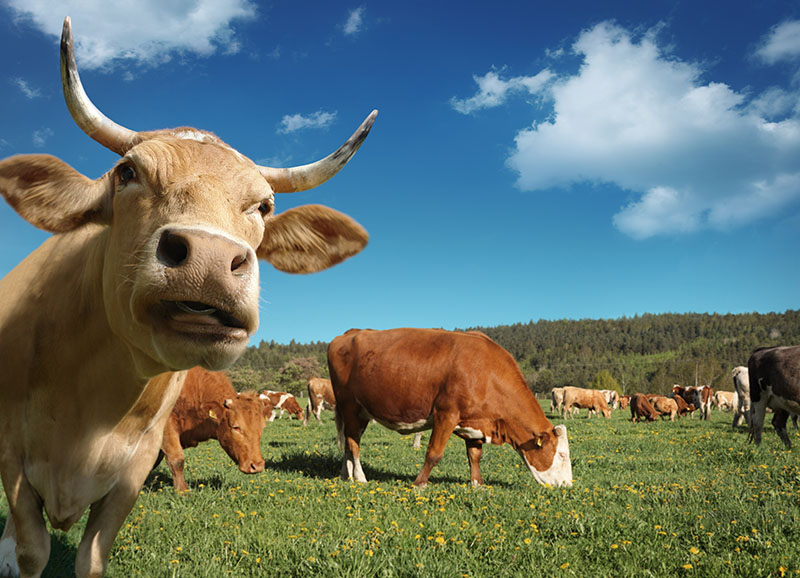
Cell 123:265–276īauer MF, Rothbauer U, Mühlenbein N, Smith RJH, Gerbitz KD, Neupert W, Brunner M, Hofmann S (2000) The mitochondrial TIM22 preprotein translocase is highly conserved throughout the eukaryotic kingdom. Proc Natl Acad Sci U S A 104(15):6158–6163īaillat D, Hakimi MA, Naar AM, Shilatifard A, Cooch N, Shiekhattar R (2005) Integrator, a multiprotein mediator of small nuclear RNA processing, associates with the C-terminal repeat of RNA polymerase II. Biochim Biophys Acta 1763(12):1574–1584īabady NE, Pang YP, Elpeleg O, Isaya G (2007) Cryptic proteolytic activity of dihydrolipoamide dehydrogenase. J Biosci 32:595–610Īzevedo JE, Schliebs W (2006) Pex14p, more than just a docking protein.

Īrya R, Mallik M, Lakhotia SC (2007) Heat shock genes- integrating cell survival and death. Int J Hyperth 25:210–219Īlbacker CE, Storer NY, Langdon EM, DiBiase A, Zhou Y, David M, Langenau DM, Zon LI (2013) The histone methyltransferase SUV39H1 suppresses embryonal rhabdomyosarcoma formation in zebrafish.

In conclusion, the present study indicates that heat stress differentially affects the expression of the significant number of genes associated with stress response, metabolism, apoptosis, and protein transport in dermal fibroblasts of Tharparkar and Karan-Fries cattle.Īdachi S, Kokura S, Okayama T, Ishikawa T, Takagi T, Handa O, Naito Y, Yoshikawa T (2009) Effect of hyperthermia combined with gemcitabine on apoptotic cell death in cultured human pancreatic cancer cell lines.

Understanding the biology and mechanisms of heat stress is critical to developing approaches to ameliorate current production issues for improving animal performance and agriculture economics in tropical climatic conditions. These findings provide insights into the underlying mechanism of the physiology of heat stress in Tharparkar and Karan-Fries cattle. Gene expression changes include activation of heat shock factors (HSFs), increased expression of heat shock proteins (HSPs), and apoptosis, while decreasing protein synthesis and another metabolism. Functional annotation and pathway study of the differentially expressed transcripts or genes (DEGs) reveal that upregulated genes significantly ( P < 0.05) affect protein processing and NOD-like receptor pathways (NLRs), while downregulated genes were significantly ( P < 0.05) found to be associated with cell cycle, metabolism, and protein transport. Randomly selected real-time validation showed 83.33% correlation with microarray data.

A total of 11,1 transcripts were differentially expressed with a fold change of ≥ 2 in Tharparkar and Karan-Fries cattle, respectively. The present microarray platform contains 51,338 synthesized oligonucleotide probes corresponding to at least 36,713 unigenes. Biological processes overrepresented among the earliest genes induced by temperature stress include regulation of stress responses, protein repair, metabolism, protein transport, cell division, and apoptosis. Bioinformatics’ analysis identified temperature-regulated biological processes and pathways. The present study sought to evaluate mRNA expression profiles in the cultured dermal fibroblasts of Tharparkar (zebu) and Karan-Fries (zebu, Tharparkar × taurine, Holstein Friesian) cattle in response to heat stress.


 0 kommentar(er)
0 kommentar(er)
